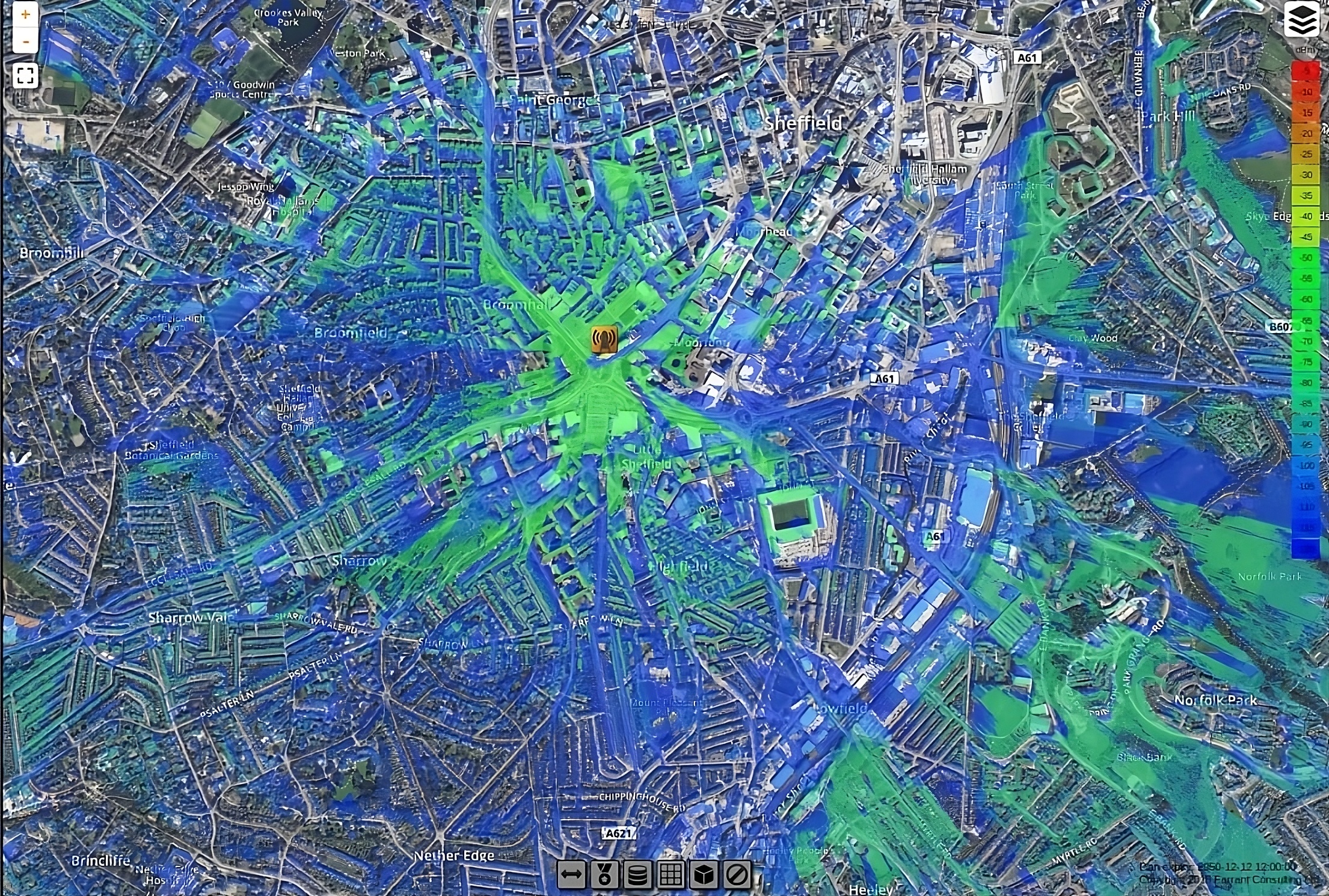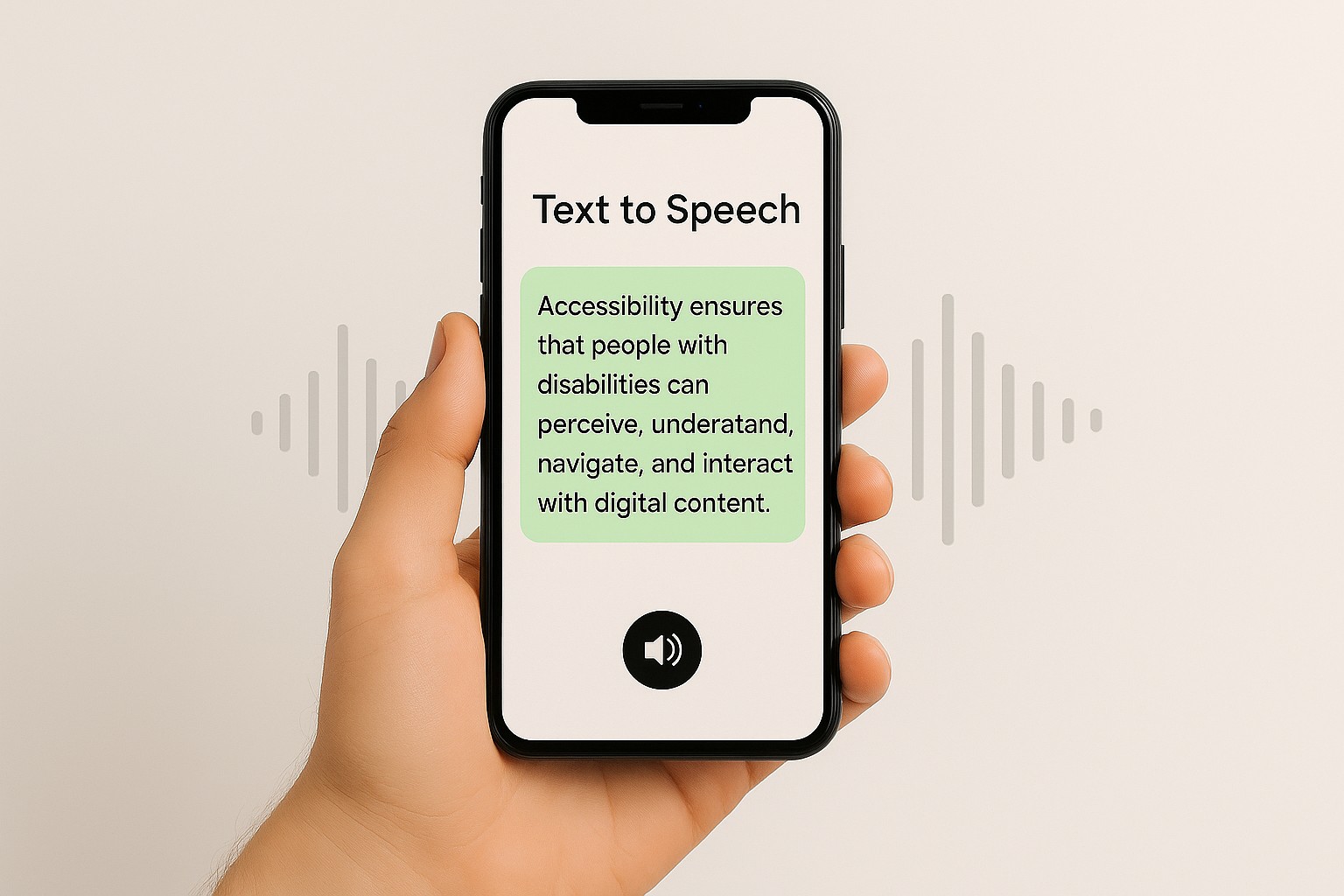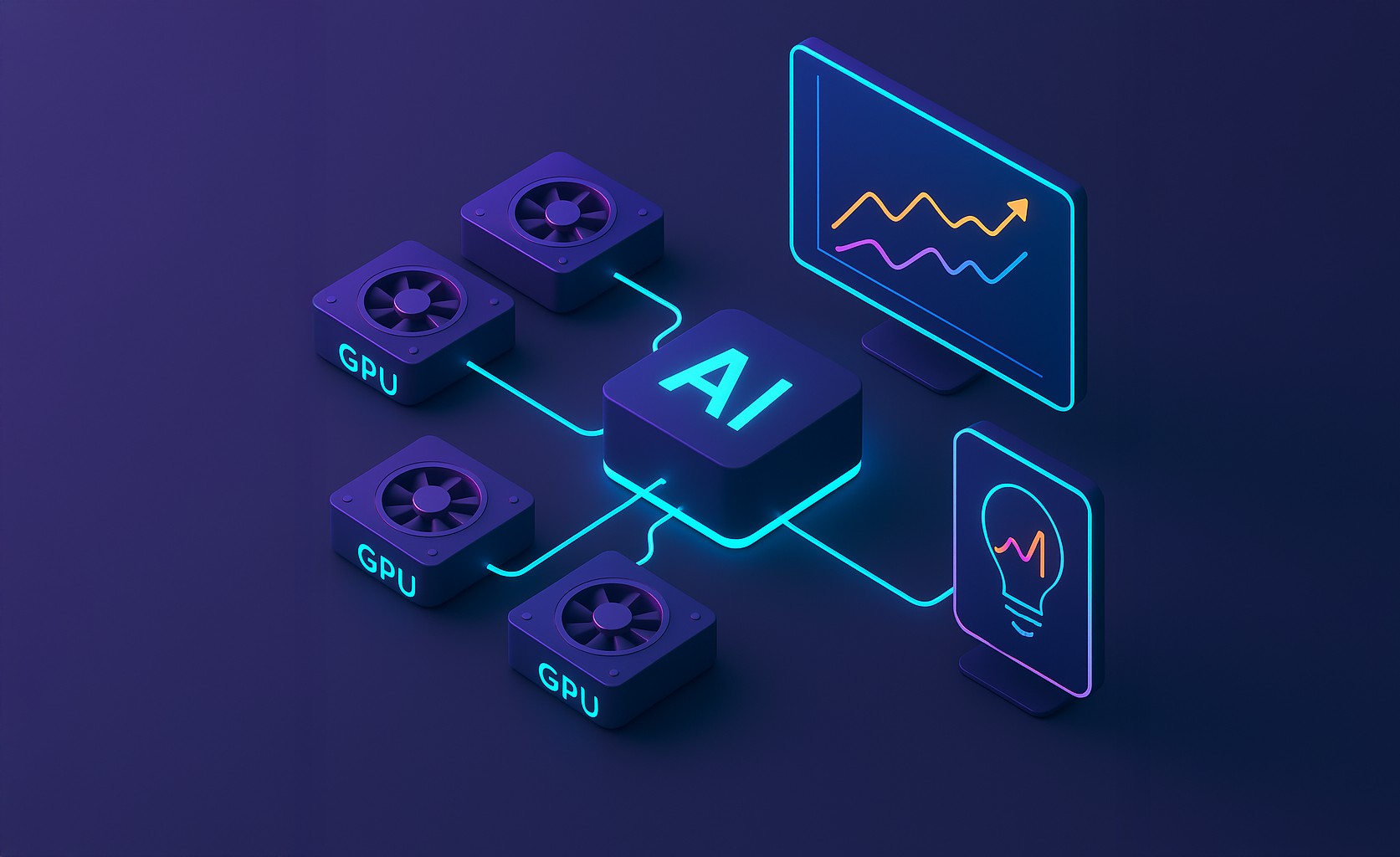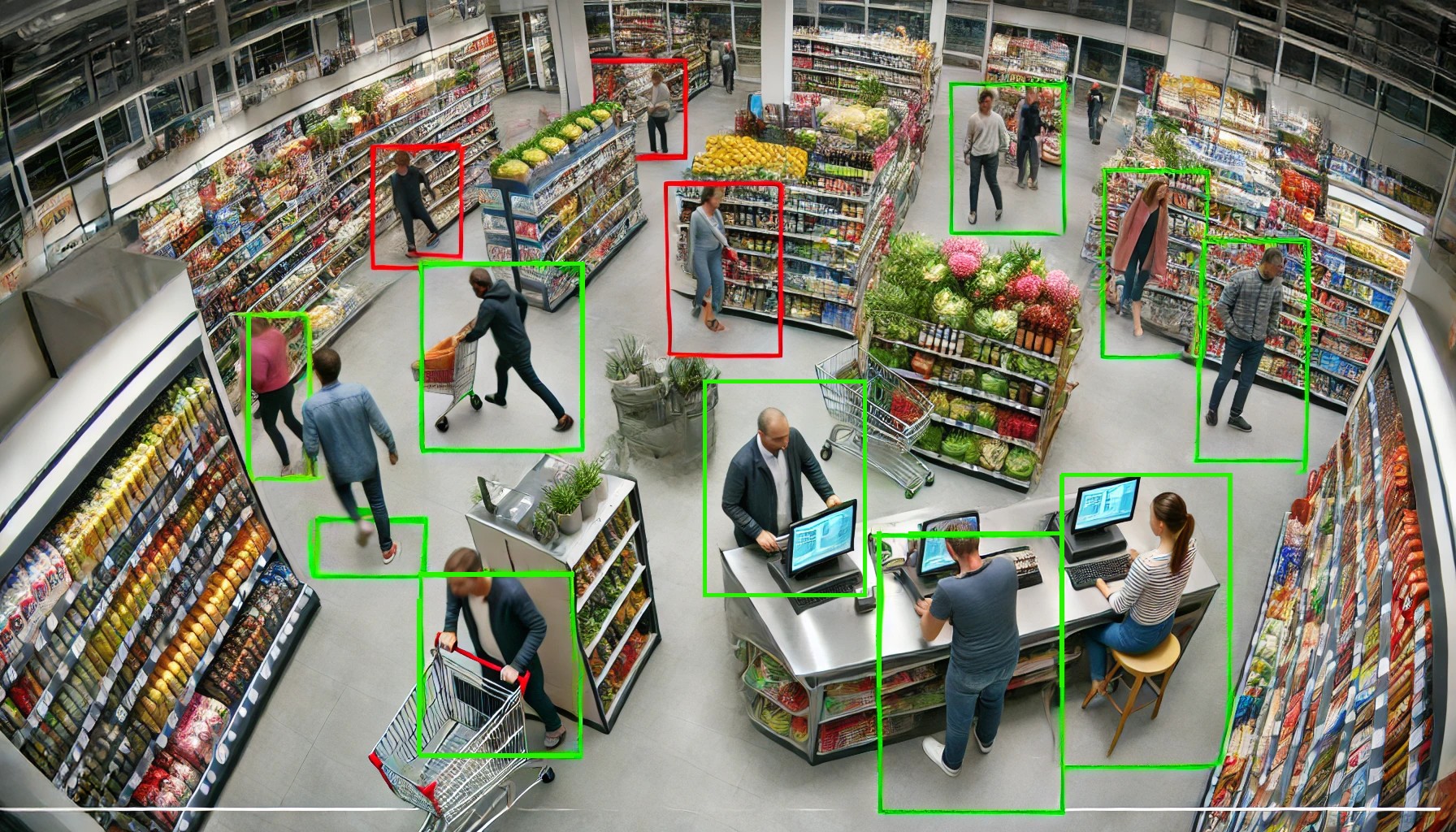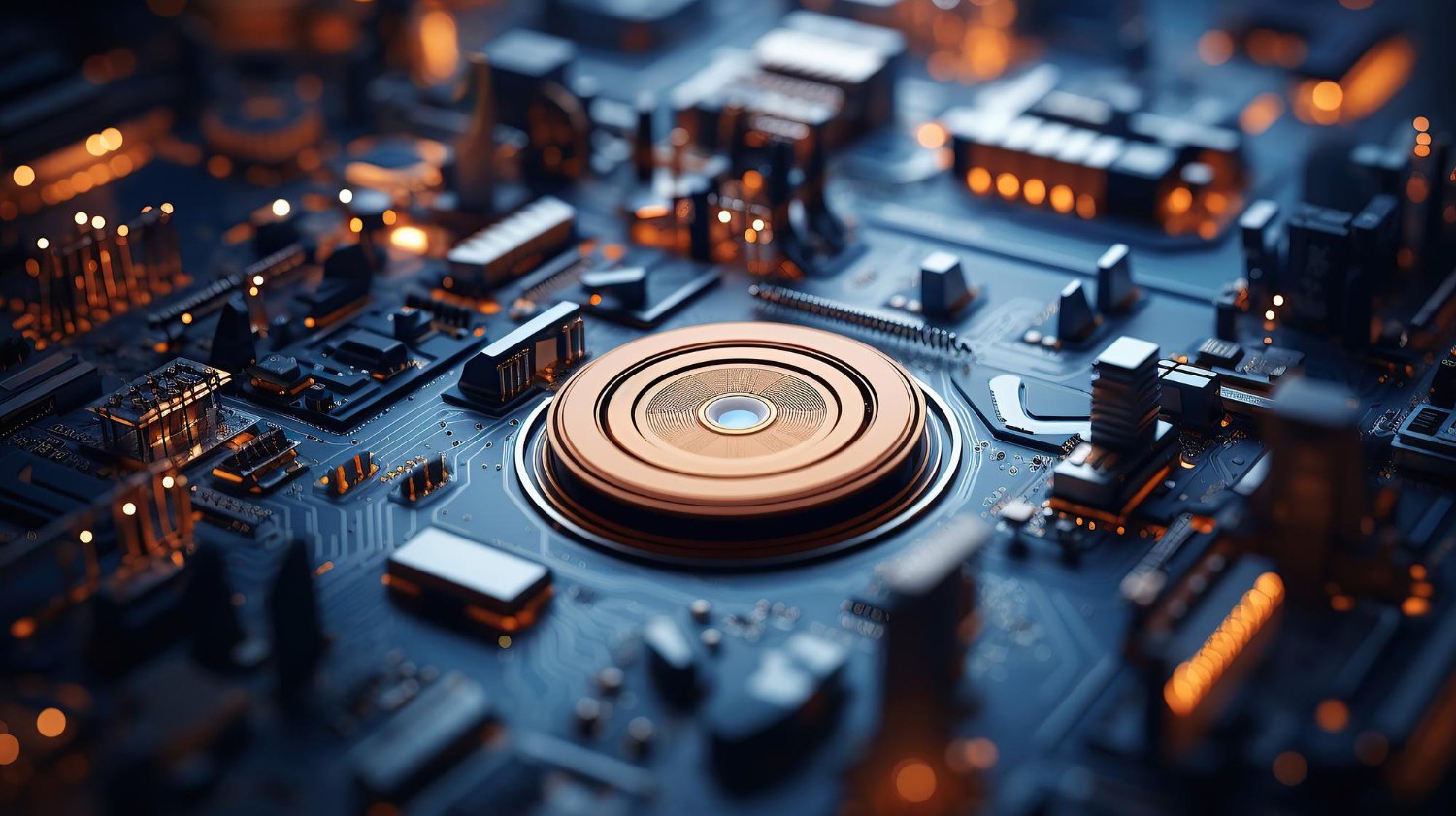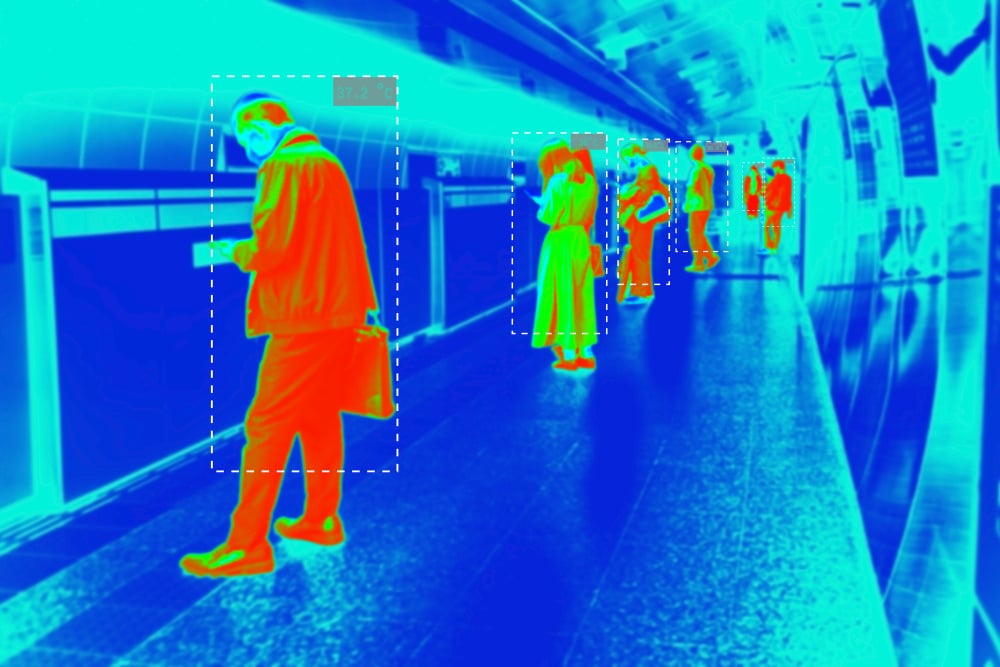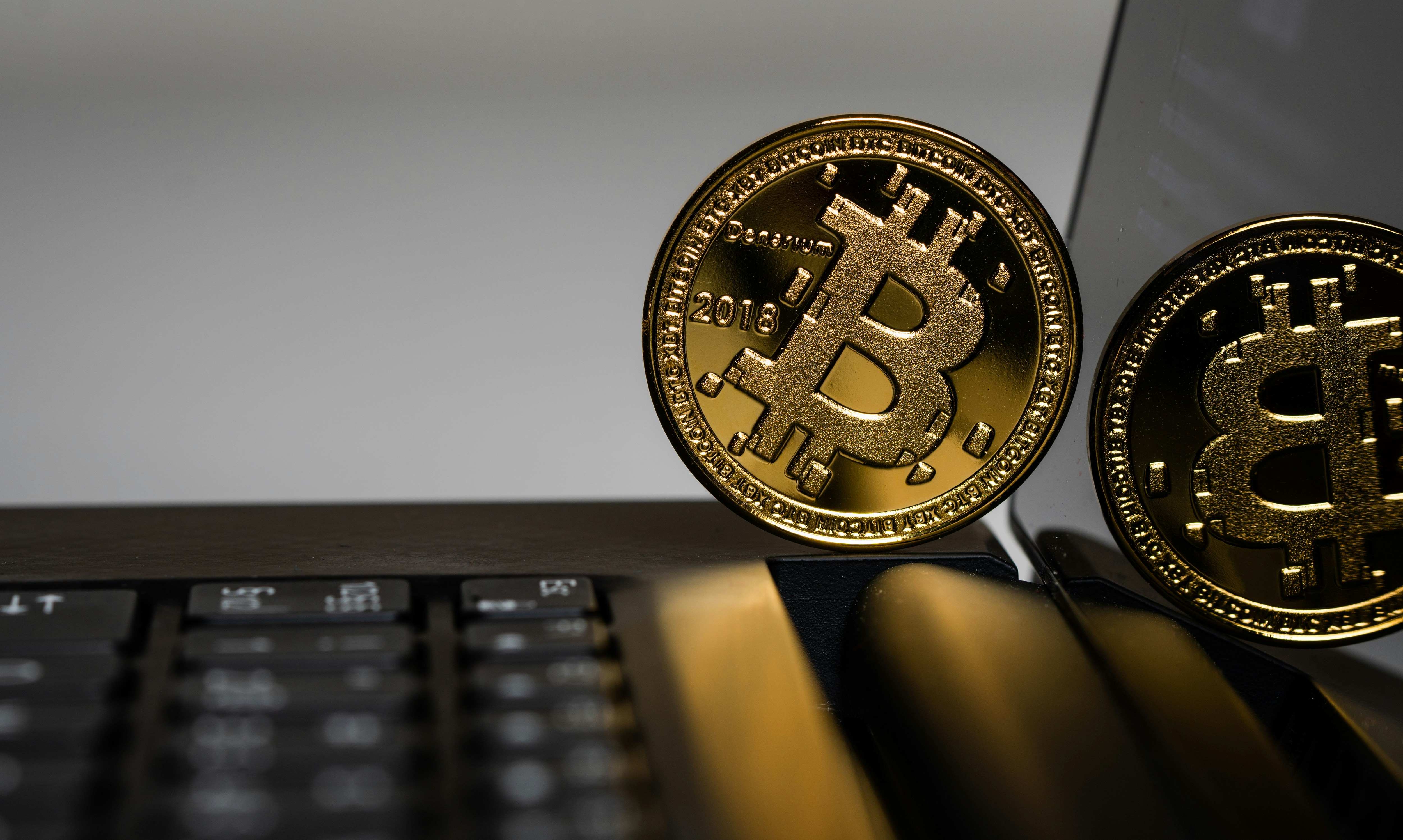Problem
Our client was a multi-national startup with ambitions to create a cost-efficient tracking system using their existing CCTV-style camera infrastructure. The goal was to develop a solution that could track multiple targets, including objects and people, within a designated area. This system needed to handle multi-camera tracking, tracking targets not only within a single camera’s field of view but also across cameras.
However, the client faced several challenges. The primary challenge was ensuring the cameras could work together to track objects or people moving between different camera frames. Single-camera tracking was relatively straightforward, but the problem became more complex when multiple cameras were involved, especially when their views didn’t always overlap. The client needed a real-world solution that was not only accurate but also cost-effective.
Solution
Our team recognised the technical and cost challenges from the start. A system that relied on adding more cameras to improve accuracy was not financially feasible for the client. We needed to develop a solution that worked within the existing infrastructure while keeping costs low.
We focused on creating an AI-powered tracking system that could manage multi-camera tracking while handling scenarios where the camera views didn’t overlap. The system needed to track multiple targets within the video streams from each camera and predict the movements of these targets even when they were no longer visible in a given camera’s view.
To achieve this, we employed several advanced software tools, including PyTorch, TensorRT, OpenCV, and numpy, along with custom code tailored to the specific needs of this project. The solution was built for both edge computing on low-cost hardware like Raspberry Pi and a more powerful HPC (high-performance computing)-backed version for larger-scale operations.
Overcoming Non-Overlapping Camera Views
One of the biggest challenges we encountered during development was the issue of non-overlapping camera fields of views. While tracking a target within a single camera’s frame is straightforward, multi-camera configurations often lack overlapping coverage.
As a result, the system loses the ability to track a target once it exits the field of view of one camera and before it appears in the next, creating gaps in continuous tracking. This means the system would lose track of a target when it left the view of one camera and hadn’t yet entered another.
To solve this, our team developed a probabilistic model to predict the path and trajectory of motion. This higher-level model allowed us to estimate where a person or object would likely appear next, based on their movement patterns. By combining these predictions with the live video streams, we were able to track targets across multiple cameras with a high level of accuracy, even when there was no direct line of sight between them.
Object Detection and Tracking
The first step in the system was identifying targets within each camera’s video stream. We integrated object detection models, which could recognise various objects and people in real-time. The system could detect when a new object entered the camera’s view and start tracking it.
Once identified, the system followed the object’s path while it remained in the frame. This single-camera tracking was enhanced by machine learning models that learned patterns of movement, which helped improve the accuracy of tracking. For example, if a person was walking through the monitored area, the system would detect their entry, track their movements, and predict where they would exit or move next.

Multi-Camera Tracking
When targets moved from one camera to another, the system had to keep track of them even if the cameras didn’t have overlapping views. The probabilistic model we built filled the gap by predicting the likely movement of the object based on previous tracking data. This model ensured that even when a target moved out of one camera’s view, the system could continue to track it across the monitored space, accurately identifying it when it appeared in another camera’s field of view.
To achieve this, each target was assigned a local ID within each camera and a global ID across the system. The local ID allowed the system to track objects within a single camera feed, while the global ID ensured the same target could be identified consistently as it moved across different camera views.
One challenge with multi-camera tracking is ensuring the system can handle multiple moving objects or people at the same time. We needed to design the system to track multiple targets within the same real-world environment, distinguishing between different individuals or objects. Achieving this required precise algorithmic tuning to prevent target misassociation, particularly during transitions between camera views.
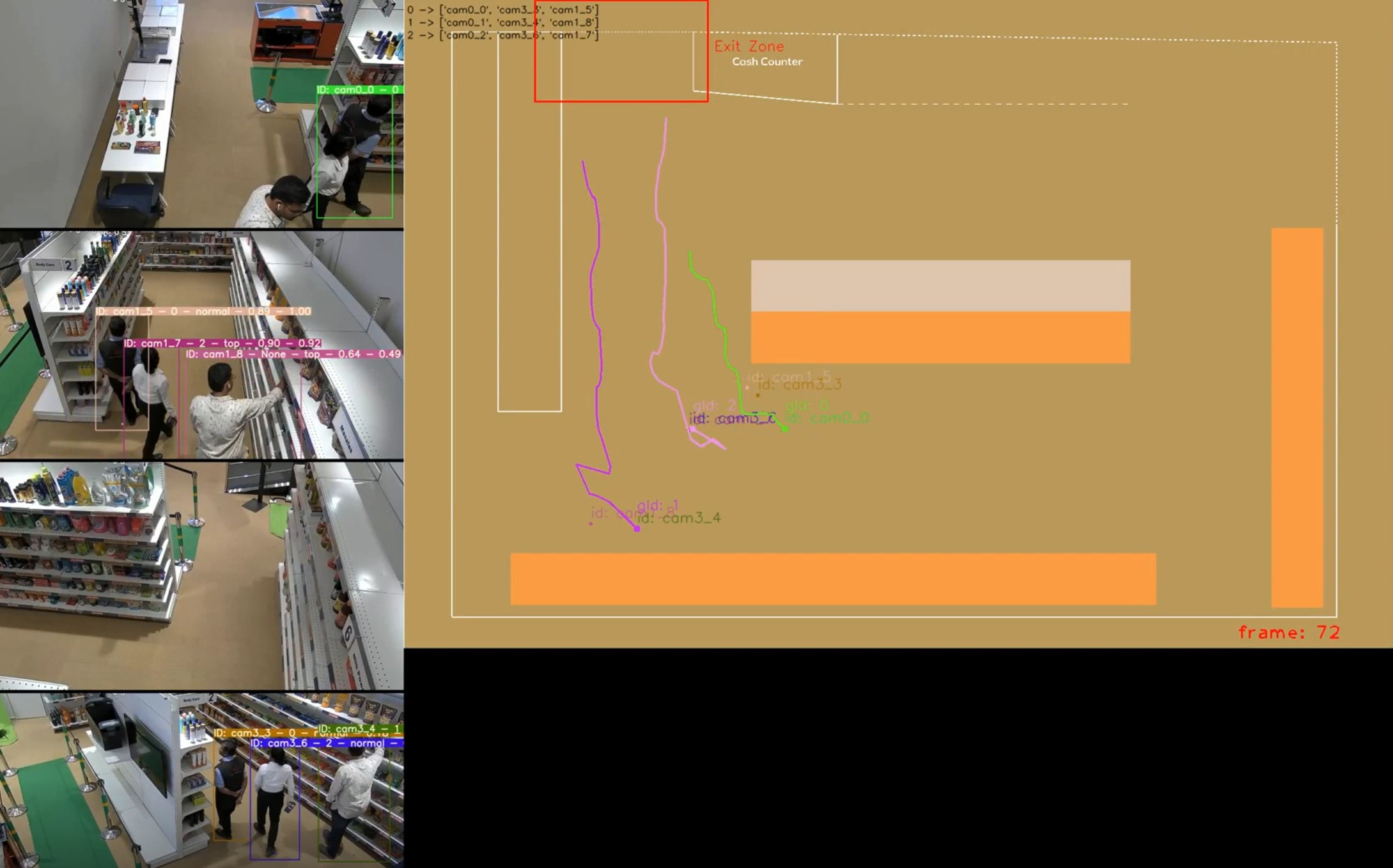
Edge and High-Performance Solutions
Our team delivered two different versions of the tracking system, each designed for specific operational needs. The first version was an edge computing solution built for low-cost hardware like the Raspberry Pi. This setup was ideal for small-scale, distributed environments where the client didn’t have access to a large data center but still needed effective object and people tracking.
The second version was a more powerful high-performance computing solution designed for larger-scale operations. This version was capable of handling more complex scenarios and higher-resolution video streams. The HPC-backed solution was ideal for environments with many cameras and a need for robust tracking capabilities.
Real-World Demonstrations
Once the system was built, our client used it to demonstrate its capabilities in real-world environments. These demonstrations were critical for the client’s business, as they needed to prove the system’s functionality to potential customers. Our team ensured that the tracking system performed accurately during these demos, impressing stakeholders with its ability to handle complex tracking tasks across multiple cameras.
Additionally, the client began collecting feedback from users and their customers to improve the system further. The initial success of the project led to ongoing collaboration between TechnoLynx and the client, with plans for future enhancements to the system.
Result
The final tracking system met all of the client’s key objectives. The multi-camera tracking system accurately identified and tracked objects and people as they moved within and across the cameras’ fields of view. Even in scenarios where the cameras didn’t overlap, the probabilistic model allowed the system to maintain an accurate prediction of the target’s movements.
The system was cost-efficient, as it didn’t require the client to install additional cameras, and it could be deployed on both edge devices like Raspberry Pi and high-performance environments. This flexibility ensured the client could use the system in various operational settings, depending on their needs.
The successful real-world demonstrations helped the client showcase their technology to potential partners and customers. The system’s ability to handle multiple targets simultaneously and track them accurately across cameras was a significant selling point.
Conclusion
At TechnoLynx, we excel in developing advanced AI-based tracking systems for real-world applications. Our expertise in multi-camera tracking, object detection, and predictive modelling allows us to build solutions that are both highly accurate and cost-efficient.
Whether you need to track objects across multiple cameras in a warehouse, monitor people in a large facility, or develop AI-powered surveillance systems, TechnoLynx has the skills and technology to help. We tailor our solutions to meet the specific needs of each client, delivering robust systems that work seamlessly in real-world environments.
With our experience in multi-target tracking, AI, and edge computing, TechnoLynx can help your business build scalable and efficient systems for monitoring and security. We provide flexible solutions that work with existing infrastructure, saving you both time and costs while delivering high accuracy and performance.
Contact us now to start working together!
Image by Freepik

